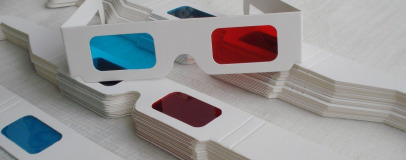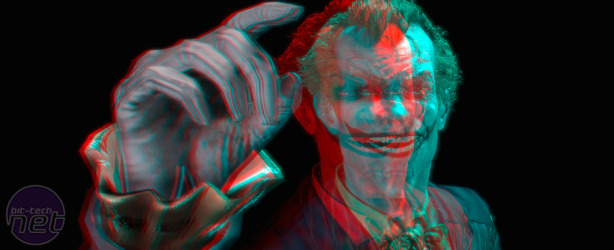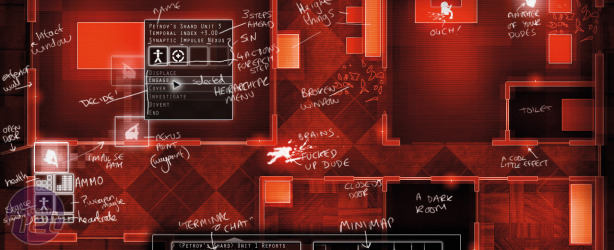Indie Developers talk 3D
May 25, 2011 | 12:09
Companies: #amd #bit-gamer #facepunch #mode-7 #nvidia #positech

Indie Developers talk 3D
Over the last few years, it’s seemed like there’s a schism that’s grown at the root of the PC games industry; one that’s trickled down to affect everyone from publishers to consumers. And it’s our fault; we journalists who’ve reached for easy definitions to keep readers excited about the PC platform.‘The PC has the best graphics,’ says one side, pointing to titles like Crysis and the various exciting technologies that are only possible (or done best) on PCs; tesselation! Eyefinity! 3D!
The other side of the fence, however, constantly defends the PC games industry on the innovation and creativity offered by the thriving indie development community. It’s these small teams and their big ideas which are the reason to pay attention to PC gaming; not the big technology which only ever gets used on samey, brown-corridor shooters.
The question nobody seems to be asking, however, is why the two sides aren’t reconciling – why aren’t indies making use of graphical improvements, such as 3D? There’s certainly an issue of time and money, yet that’s surely mitigated somewhat by the support offered by manufacturers AMD and Nvidia.
‘I pretty much utterly detest it as a consumer,’ exclaimed Mode7’s Paul Taylor, who took some time to answer our questions in the run-up to the release of Frozen Synapse. ‘I approached it with an open mind initially [but] my mind has now been forcibly closed by how rubbish it is. I’m one of those people who gets headaches from stereoscopic 3D.’
Other developers we spoke to expressed similar sentiments, with many of them claiming to have been disappointed or nonplussed by their experience with 3D technology – both in games and movies.
‘I don’t know if it really adds anything to games,’ said Garry Newman, who hit it big with a commercial version of his self-titled Half-Life 2 mod. ‘It tends to get in the way, if anything.’
The same is true for 3D in the wider sense too, says Garry, who dismisses it’s implementation outside of gaming as ‘just an extra label they can throw on a TV to make your current one look outdated.’
‘That said, I do have a 3D TV,’ he confessed. ‘I have watched a couple of 3D movies on it. It's fun. I don't think it adds anything to the movie - it's just different and gimmicky.’
‘Gimmicky’. That’s a word that seems to rear its head over and over again in any discussion about 3D technology, whether it’s achieved through stereoscopic means or glasses-less parallax screens. Even those, like Garry, who’ve shelled out for 3D kit and speak to how fun it can be to use, will admit that much.
There are those to whom stereoscopic 3D isn’t just a gimmick, however, but a barrier that sits between consumer and content.
‘I’m one of that small but significant minority who can’t actually see stereoscopic 3D’ explained Positech’s Cliff Harris, developer of Gratuitous Space Battles and chief of indie distribution platform Show Me The Games.
‘I can get a really vague feeling of something being 3D occasionally, in Avatar, but 99 per cent of it is a blurry mess, so I avoid it like the plague.’

MSI MPG Velox 100R Chassis Review
October 14 2021 | 15:04











Want to comment? Please log in.